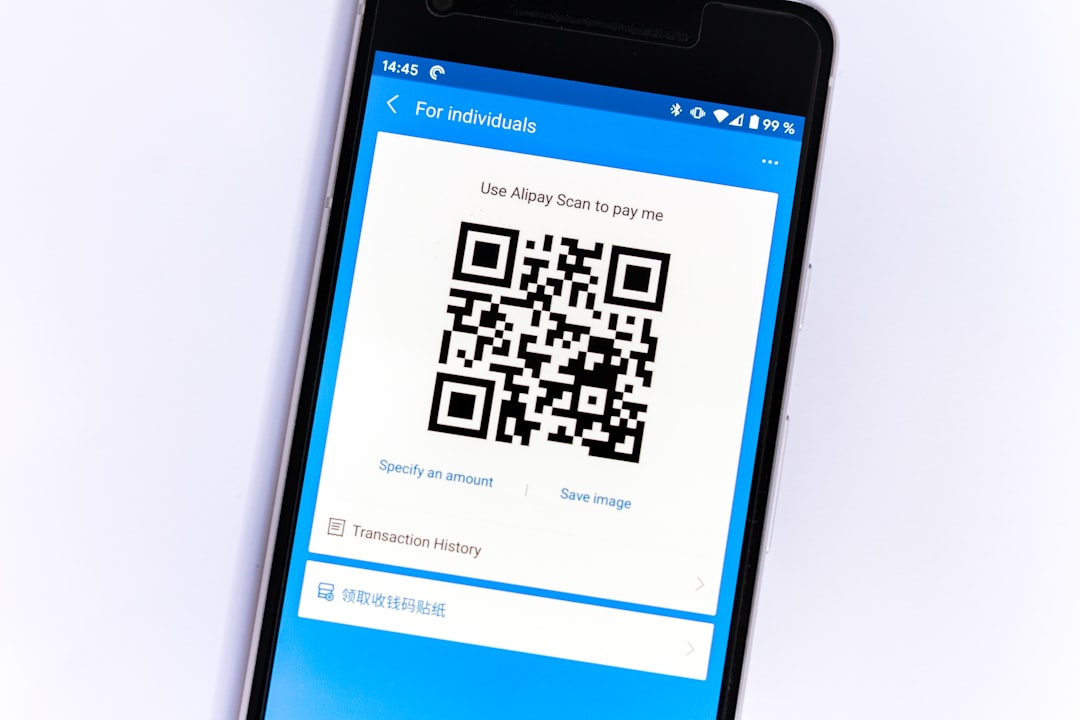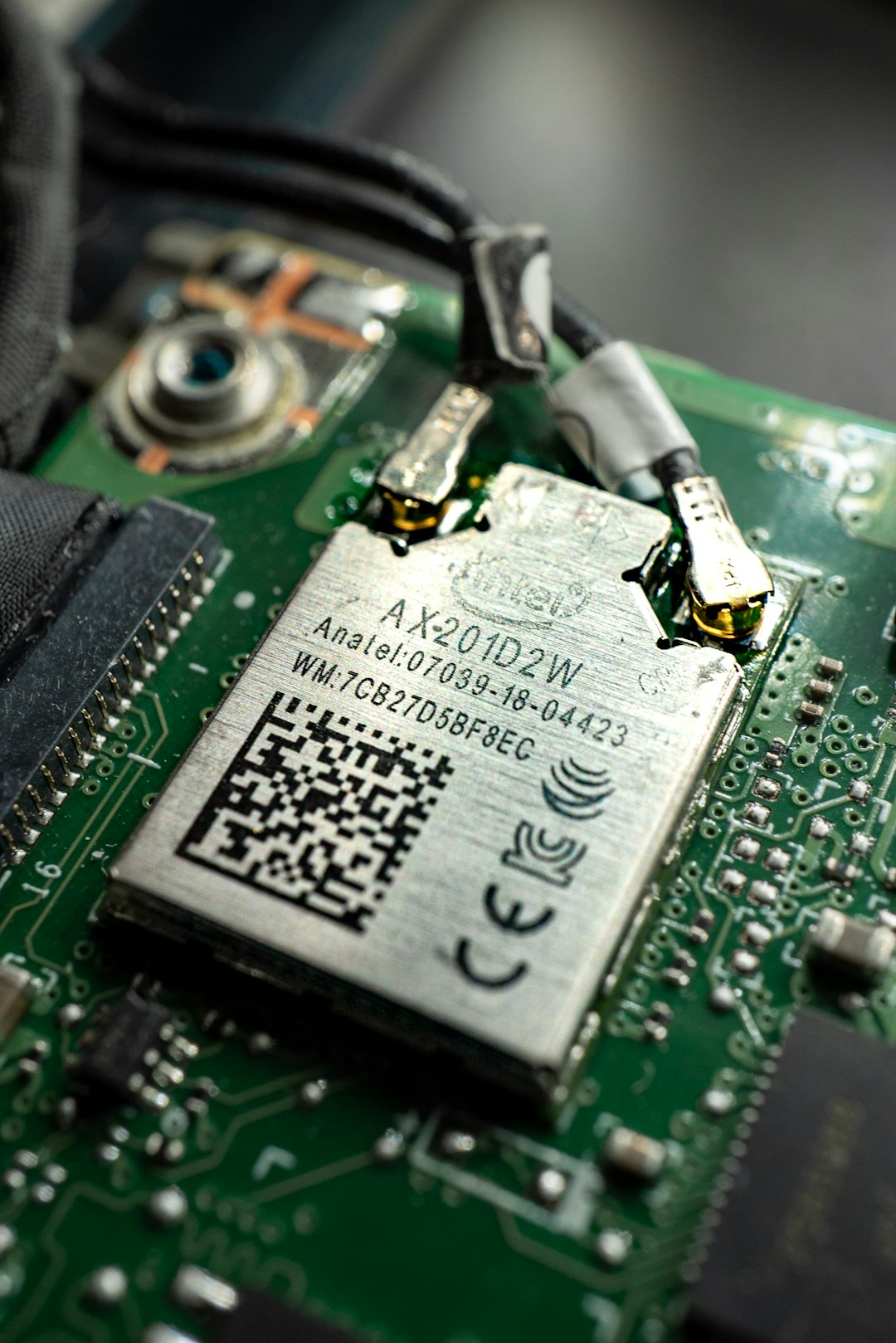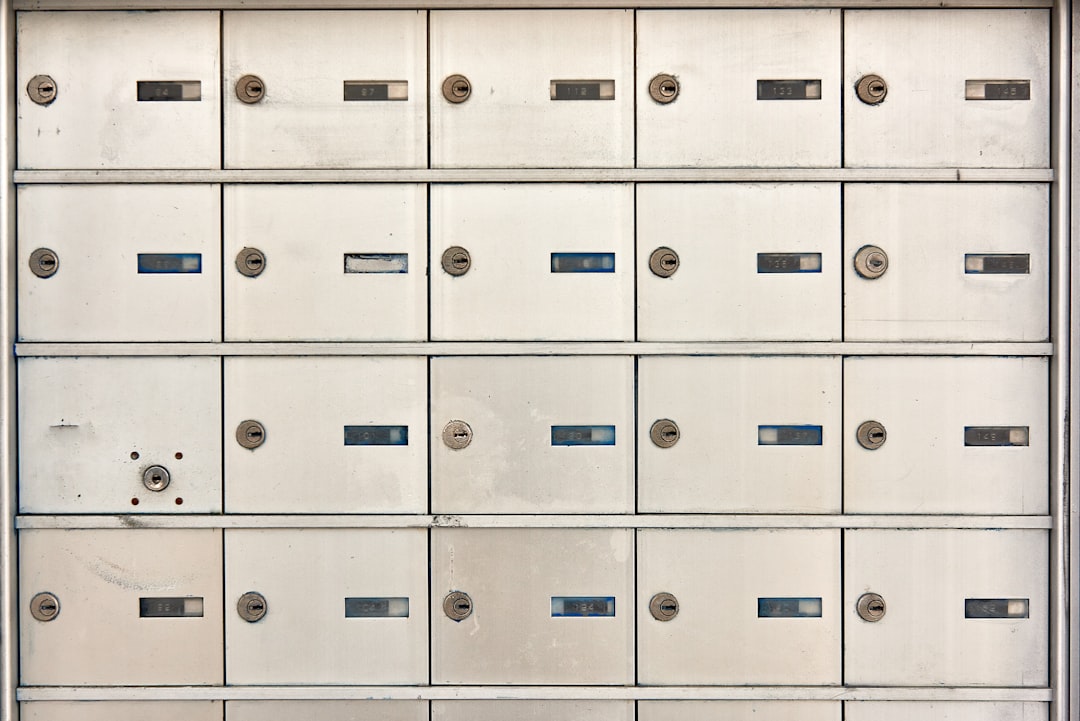As the popularity of cryptocurrencies continues to rise, more users are exploring digital wallets and exchange platforms to store, trade, and invest their digital assets. One of the foundational steps in engaging with the crypto ecosystem is locating your crypto wallet address. Whether you’re receiving Bitcoin, Ethereum, or another digital token, having access to your wallet address is essential. This unique string of characters acts similarly to a bank account number and is used to receive funds into your wallet. Locating this address differs slightly depending on the platform being used, whether it’s a hardware wallet, mobile wallet app, or centralized exchange.
Understanding What a Wallet Address Is
A crypto wallet address is a publicly shareable, alphanumeric code that functions as the destination for cryptocurrency transactions. Every blockchain network has its own format for wallet addresses. For example, Bitcoin addresses often start with “1,” “3,” or “bc1,” while Ethereum addresses begin with “0x.” Knowing how to quickly and securely locate your wallet address is a vital skill in your crypto journey.
How to Locate Wallet Addresses on Popular Crypto Wallets
1. Trust Wallet
- Open the Trust Wallet app.
- From the home screen, tap on the cryptocurrency you want the address for (e.g., Bitcoin, Ethereum).
- Tap the “Receive” button.
- Your wallet address and QR code will be displayed.

You can copy the address to your clipboard by tapping the “Copy” button. Trust Wallet supports multiple cryptocurrencies, so be sure to select the correct token before sharing your address.
2. MetaMask
- Launch the MetaMask browser extension or mobile app.
- Ensure the wallet is set to the correct network (e.g. Ethereum mainnet).
- On the main screen, your wallet address appears under your account name (usually starts with “0x”).
- Click or tap the address to copy it to your clipboard.
MetaMask works primarily with Ethereum-based assets but also supports other networks through configuration.
3. Exodus Wallet
- Open the Exodus desktop or mobile app.
- Select the cryptocurrency of interest from the portfolio or wallet sections.
- Click on the “Receive” button.
- Your address and a scannable QR code will be displayed.
Exodus simplifies the user experience with a sleek interface and supports over 100 digital assets.
4. Coinbase Wallet
- Login to the Coinbase Wallet app.
- Tap the asset you want to receive.
- Tap the “Receive” button to show your wallet address and associated QR code.
It’s important to distinguish between Coinbase Wallet (non-custodial wallet) and the Coinbase exchange account, which is custodial and accessed through the main Coinbase app or website.
5. Ledger Live (Ledger Hardware Wallet)
- Connect your Ledger device to your computer or mobile device.
- Open the Ledger Live app.
- Enter your PIN and navigate to the Accounts tab.
- Select the digital asset of interest and click on “Receive.”
- Use your Ledger device to confirm the displayed address.

With hardware wallets, always verify the address shown on the device matches the one displayed in the app to avoid phishing.
Locating Wallet Addresses on Centralized Exchanges
1. Coinbase Exchange
- Login at Coinbase.com.
- Click on Assets from the side menu.
- Select the cryptocurrency you want to deposit.
- Hit the “Receive” button, and your wallet address and QR code will be generated.
Coinbase automatically generates unique wallet addresses for different cryptocurrencies. Ensure the network and token match what you’re sending.
2. Binance
- Login to your Binance account.
- Click Wallet > Fiat and Spot.
- Find the asset you want and click Deposit.
- Select the correct network and your deposit address will appear.

Binance supports multiple blockchains for each token, so selecting the correct network (e.g., ERC-20 vs. BEP-20) is crucial to avoid loss of funds.
3. Kraken
- Log into your Kraken account and navigate to the Funding tab.
- Select the token and click Deposit.
- Create or use an existing deposit address depending on the type of coin.
For some tokens, Kraken may take a few minutes to generate an address during your first deposit.
4. Crypto.com Exchange
- Login to your Crypto.com exchange or app account.
- Tap on Accounts > Crypto Wallet.
- Choose the coin you want to receive and tap “Transfer” > Deposit.
- The wallet address and QR code will be displayed.
Crypto.com differentiates between app and exchange accounts, so double-check whether you’re using the right platform.
5. KuCoin
- Login to your KuCoin account.
- Under the Assets section, click on Deposit.
- Choose your desired asset and blockchain network.
- Your wallet address will be revealed for depositing that token.
KuCoin also supports multiple networks, and so it is essential to make the right selection depending on where the crypto is coming from.
Important Tips for Handling Your Wallet Address
- Always double-check the wallet address and network before sending funds.
- Copy-paste errors can be costly — consider sending a small test amount first.
- Hardware and non-custodial wallets give you full control, but you must securely back up your recovery seed.
- Exchanges are convenient but less secure; they manage the private keys for you.
Frequently Asked Questions (FAQ)
-
Q: Is my wallet address the same for all cryptocurrencies?
A: No. Each cryptocurrency has its own unique address format. For example, your Bitcoin address is different from your Ethereum address. -
Q: Can I use the same address for different transactions?
A: Yes, wallet addresses can be reused, although some privacy-focused users prefer generating new addresses for each transaction. -
Q: Is it safe to share my wallet address?
A: Yes, wallet addresses are safe to share since they are used only for receiving funds. However, never share your private key or recovery phrase. -
Q: How do I know the wallet address is correct?
A: Always copy and paste the address directly from your wallet app, or scan the QR code. Double-check the first few and last few characters before confirming a transaction. -
Q: What happens if I send to the wrong network?
A: Sending tokens to an incompatible network may result in the permanentI’m Sophia, a front-end developer with a passion for JavaScript frameworks. I enjoy sharing tips and tricks for modern web development.
